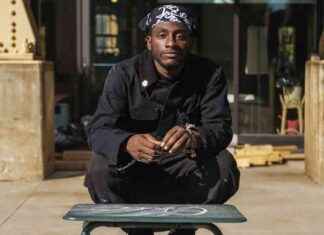When Grenoble won the title of European Green Capital 2022, it was, among other reasons, due to its ability to convert many of the wastes that in other cities would end up in landfills, such as food or pruning remains, into an energy source. They even obtain biogas from wastewater at a local treatment plant. The French city is a clear example of how the circular economy can give new life to organic waste to reduce the carbon footprint.
The European Green Deal does not take half measures: by 2030, member countries must reduce their greenhouse gas emissions by up to 55%. Fighting climate change and, at the same time, continuing to generate industry and employment is a possible combination if we talk about biofuels.
This path is precisely the one followed by Perseo Biotechnology, which uses organic waste of different natures to produce bioethanol, biofertilizers, bioplastics and biogas at its plant in L’Alcudia (Valencia). “We obtain bioenergy that can be used by those who have generated that waste,” explains Caterina Coll, engineer and CEO of Perseo Biotechnology and expert in circular economy.
To give a second life to waste, as Perseus does, you must start with correct separation and classification. In the case of food waste, its place is the brown container. For their treatment, it is necessary “to have infrastructure where they can be identified and classified correctly, and implement industrial, gasification, pyrolysis or fermentation processes to, for example, convert these wastes into biomethane,” says Jaime Martín Juez, from the Industrial Transformation and Circular Economy at Repsol.
New life for garbage with a double message: everything can be reused, and with research and technology it is possible to decarbonize and continue creating jobs thanks to a new industry.






